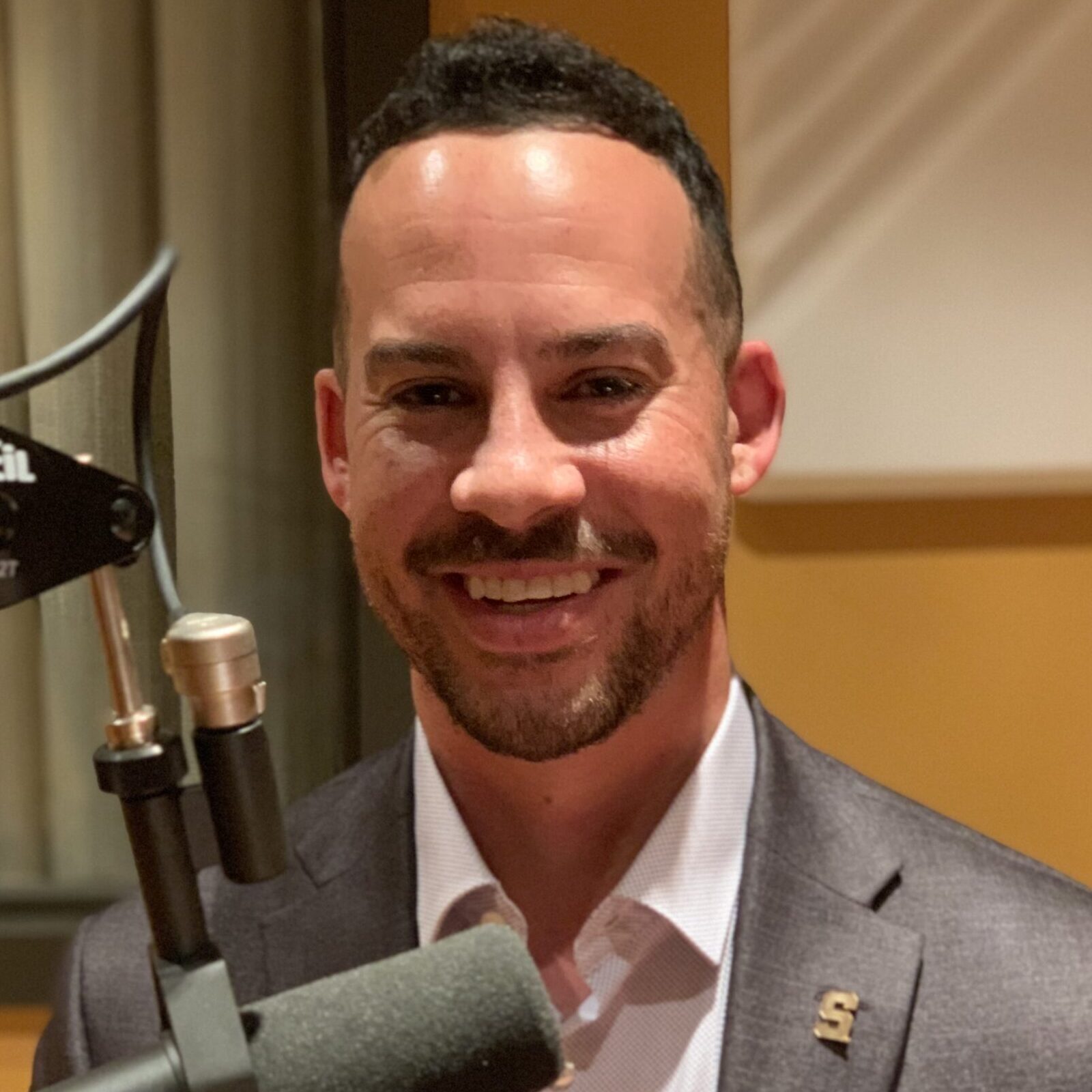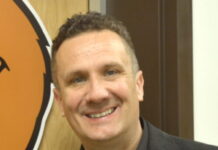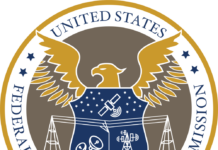
So how does radio recruit Gen Z? The Michigan Association of Broadcasters may have the answer. Over the summer, they kicked off a new recruitment campaign called the “Be There” initiative, specifically targeting the future talent of radio.
The campaign features a blend of TV and radio public service announcements, social media advertising, and a specialized website. Since its launch, the program has been lauded by the NAB and is working to bring the next generation around to the full spectrum of jobs across broadcasting.
To find what goes into a campaign of this magnitude and importance? How can broadcasters successfully get Gen Z into the fold? Radio Ink has a chat with MAB CEO and President Sam Klemet.
Radio Ink: First things first – how did the Be There campaign come to be?
Sam Klemet: So about two and a half years ago, I took over from my predecessor, Karole White, who ran the Michigan Association of Broadcasters incredibly well for 36 years. When I started, the board wisely thought it’d be a good idea to undergo a strategic plan because. You got a new person leading the association and we just want to make sure that we’re all aligned. We went through a couple month process of talking to General Managers and we worked with Paul and Fred Jacobs on this.
Our members shared a couple of key initiatives and needs and the one that stood out was the need to attract new talent to the industry. Our board decided to take a big swing. We’re going to put together a campaign that generates excitement and highlights the career opportunities, because, from a young person’s standpoint, not all broadcasting jobs are forward-facing. There are jobs in engineering, sales, and programming – so we wanted to let them know that there’s a whole ecosystem of career opportunities, not just what you hear on air.
We identified an agency in the East Lansing area and over the next 10 months or so, we really did a deep dive into how we wanted to present this. Now we have the signature video, which is about four and a half minutes, and we’ve been showing that to high school students across the state. And then we have the social media pieces, we have the on-air commercials, both TV and radio, they’re multilingual in Spanish and Arabic as well.
Then we’ve got handouts, we’ve got posters, we’ve got a 12-fold brochure, so you unveil it and it becomes like a poster. We just wanted to have everything available for students. We want to go to them.
Radio Ink: We see and hear comments from a lot of people in radio who have, it feels like, minimal expectations for Gen Z when it comes to both employment and listenership. How do you make a campaign that’s compelling for this next generation?
Sam Klemet: Well, I hope that that’s not true. I hope that people aren’t giving up on that generation, because I actually see this generation as one that is a great opportunity to grow and evolve our industry.
There’s been a shift in the younger generation in recent years. They’re very civically engaged, and they really have taken notice of what’s happening around them. They want to know what’s happening right next door and how they can make an impact on what’s happening there, because you can see real differences in making, you know, involving yourselves in the community.
At our core, broadcasters are a community service. We have to provide what we do for our community to the FCC as part of our reporting. I think that this is an opportunity to introduce ourselves to that generation that hasn’t maybe grown up with radio in the way that we did maybe in years prior given so many options these days.
Let them know you can tell stories, you can help businesses grow through broadcasting. You can help raise awareness about things that maybe are off the radar for some, because you can be that great journalist, or you can be that person that hosts a show. And broadcasters still have a massive, massive reach, so to let students know that there are opportunities, and to let them know that, you know, you don’t necessarily have to go the traditional path that maybe has been historically true.
You don’t necessarily need a four-year degree. to get into our ranks. There are a lot of ways where you can just jump right in. There’s a ton of young talent, certainly here in Michigan, but also across the country. I think if we present to them that we are interested in having their creativity and perspectives join our ranks, that will have a much better payoff than waiting for them to come to us.
Radio Ink: As you mentioned, the Be There campaign is comprehensive in its scope of available jobs. But I did get a bit of a chuckle, I’ll admit, when I read “Multi-media Advertising Specialists” and then in parentheses, “Sales.” Is salesperson a bad word to Gen Z?
Sam Klemet: Well, I don’t know that it’s a negative perception. I just think that what we ask our salespeople to do in broadcasting is more than just selling. They are a part of a station. They wear many hats. They are in some ways the face of a station if you are a general sales manager. So while yes, you’re right, it’s a sales job and the word choice is a fair thing to get a chuckle out of, I think that it’s accurate because I think what we’re asking these people to do at stations now is multifaceted.
Radio Ink: You have a great spotlight section for Michigan colleges with media programs on the Be There site. College radio stations and radio-centric programs and degrees are getting harder to find. How much have the universities been working with you all on this?
Sam Klemet: We surveyed a number of educators, both at the college and high school levels, and got their input throughout this process because we wanted to one, speak their language and two, make sure that the students they work with every day feel like their voices are heard.
So yeah, we launched that part of our site recently, because we wanted kind of a one-stop shop for students who ask, hey, if I’m interested in this, what’s a starting point? It’s so overwhelming sometimes, so broadcasters should make it easier for a student to find the resources for things that they’re interested in.
But it’s been the campaign has been incredibly well-received by the colleges and universities. We launched in August and since then we have gotten our long-form recruitment video in front of more than 5,000 students. We’ve gone to a number of large events. We’re hosting our own large event in two weeks at Ford Field in Detroit where we’ll have more than 650 students coming and we’ll show it to them there. We are getting it in front of them and doing a lot of boots on the ground, making sure that students understand that they have this resource in BeThereMichigan.com.
Radio Ink: It’s too soon to tell the long-reaching effects, but how have the students responded in these moments so far? Is there an immediate interest?
Sam Klemet: Yeah, we actually brought in a couple of our scholarship recipients from this past year and gave them a sneak peek before we unveiled the campaign publicly and we recorded their reaction. They got excited to be a part of it, and it felt like this is meaningful work. So the reactions are great. To your point earlier, they’ve never seen anything like this.
No one has ever come to them with a campaign targeted specifically to them, to their generation, asking them to be a part of our industry. I’ve said it a number of times, I think traditionally our industry has been one where we could wait for people to come to us. Like everyone wants to be the next great anchor or the next great on-air talent, and General Managers could wait for resumes to just roll in. I think that’s shifted a bit. To some degree, our stations have to play offense. They have to be the ones reaching out to students to say this is a place where you can have a meaningful, successful career.
Be There is now a tool now that all of the stations in the state of Michigan have when they go out and meet with students. Because this isn’t just an MAB thing. We gave all of these assets to our stations. All of the on-air spots can be customized with their logo. When they put it on air, it can be their branding. They can use this wherever they go in communities.
Radio Ink: You talked about the upcoming event at Ford Field. How do you keep your events engaging for Gen Z?
Sam Klemet: Every state broadcasters association puts on career fairs and stations participate. I went to some when I was a broadcaster myself and now being on the other side, we host them. One thing that really stuck out to me about those career fairs is they weren’t very exciting. We’re competing with the Google and Facebook of the world, so if you come to a career fair and it looks like an elementary science fair with a couple of pop-up banners and some table drapes, that’s not a great way, in my opinion, to portray an industry of a forward-thinking futuristic industry.
So we switched our career fair. We partnered with the Detroit Lions last year, and we launched our first-ever Great Lakes Broadcast and Sports Media Academy. And while it’s branded as a sports media academy, everything in there is about the entire ecosystem of broadcast. We just happened to host it in a stadium that holds tens of thousands of people. But the venue itself sparked some interest. Students wanted to come to Ford Field, and then we made sure the programming was informative and interesting. I know some of those who came got jobs at broadcast stations later that year.
We’re hosting our second one on November 2. We’re expecting to have 650 kids and have 40 or so tables. We’re going to have a number of hands-on activities for students to do so they can do a live read using a teleprompter. We’ve got a table set up where they can do play-by-play highlights. One of our stations is providing us with a green screen so they can do a mock weather forecast. We’re providing them with a headshot. Then, of course, we have six information sessions.
Radio Ink: The MAB has put so many resources into this campaign, but let’s step outside the state level for a minute. Say a local GM is reading this right now wanting to recruit their next generation with more limited resources. What have you learned in the first three months of Be There that they can put to work for their stations on Monday?
Sam Klemet: Invite them to your stations. Radio and TV stations are cool places to be, especially if you’re a young person. Let them run a board for a second. Put them on air when they come to tour your stations. Let them sit behind the anchor desk. That’s fun. And students love that. They get excited about that. Let them leave with something.
If you put a student on air, send them home with an MP3 of what they did. They’ll post it to social media, because it’s cool, it’s still fun. We invited a group of students to one of our station groups, and they put the entire group on air during the visit, during the live show. And those students love that. And the school shared that information on their social media.
It’s still a fun, cool industry to be a part of. And I think if you bring students into the station, they will have a better understanding of what’s all involved. And I think it sparks an extra level of excitement.







Applause! Applause! Well done Sam.
So much of this depends on small market radio where it used to be a farm system for talent. How can small market radio do more to attract young (gen z) talent? It’s really quite difficult when operators focus on margin vs quality of programming. Walking into a station used be exciting. There were front office staff, sales reps, the program director had a midday or afternoon drive show but never a morning show. Weekends and overnights were training ground for the new kids. All the best talent came from very small markets-the original farm system. Is it possible to bring that back?
RADIO IS A LIFESKILL. MAKE IT WELCOMING AND CONNECTED TO ALL GROUPS.
Very Good!